
Sustainable Design for Heritage & Listed Property Conversions
Balancing Tradition with Innovation
Renovating a heritage or listed property presents a unique opportunity to blend history with modern comfort, creating a sanctuary that respects its past while enhancing its functionality for contemporary living. This journey, however, demands careful planning, expert guidance, and a sustainable mindset.
As local authorities introduce more stringent sustainability policies, the expectations within the luxury property market are evolving. Homeowners are increasingly called upon to approach these renovations with both reverence for the past and a creative vision for the future.
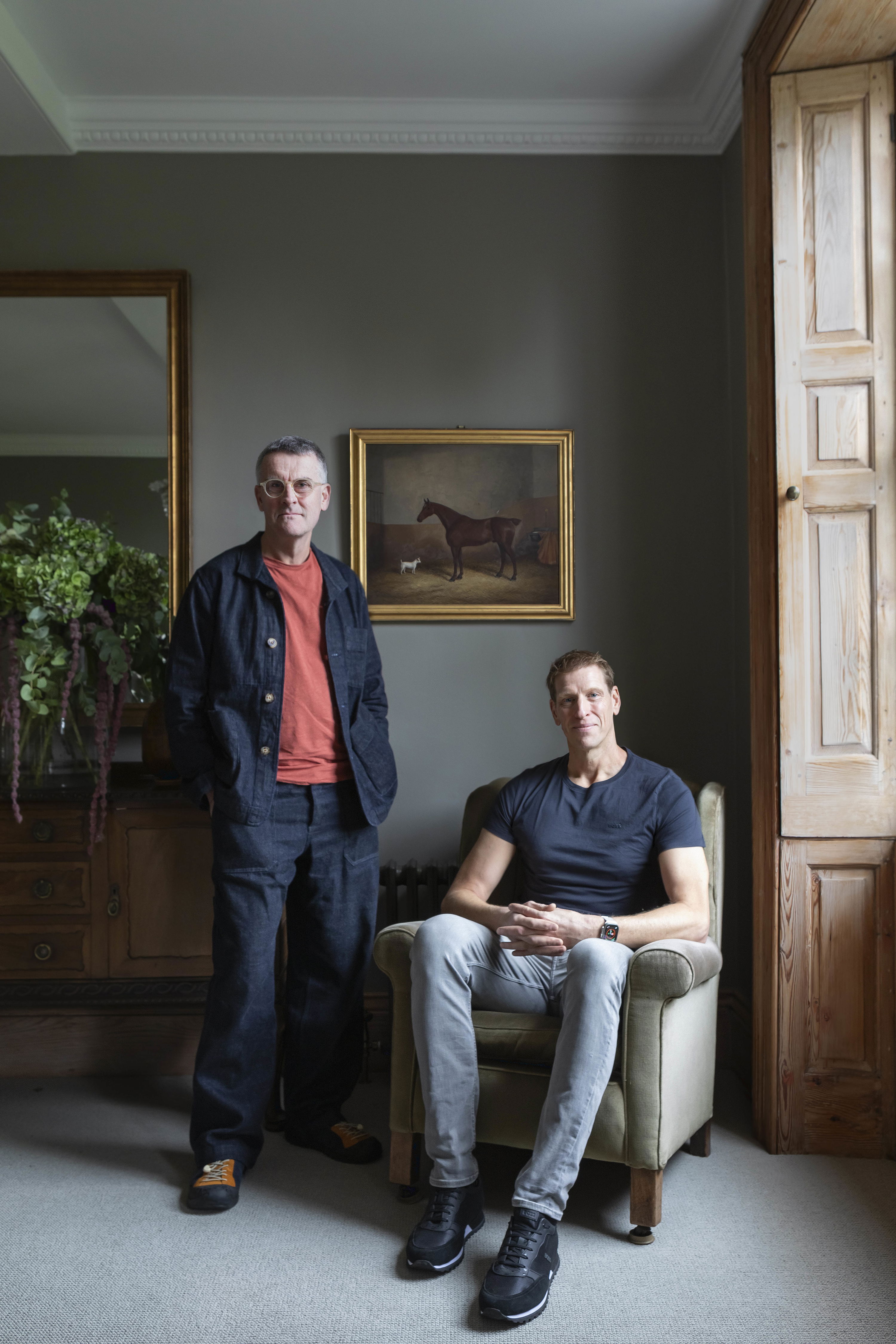
Insights from our Partners
We partnered with luxury residential magazine Blue Book to share insights from our partners, Ben Holland and Stephen Green, on the art and responsibility of sustainable design for heritage and listed property conversions.

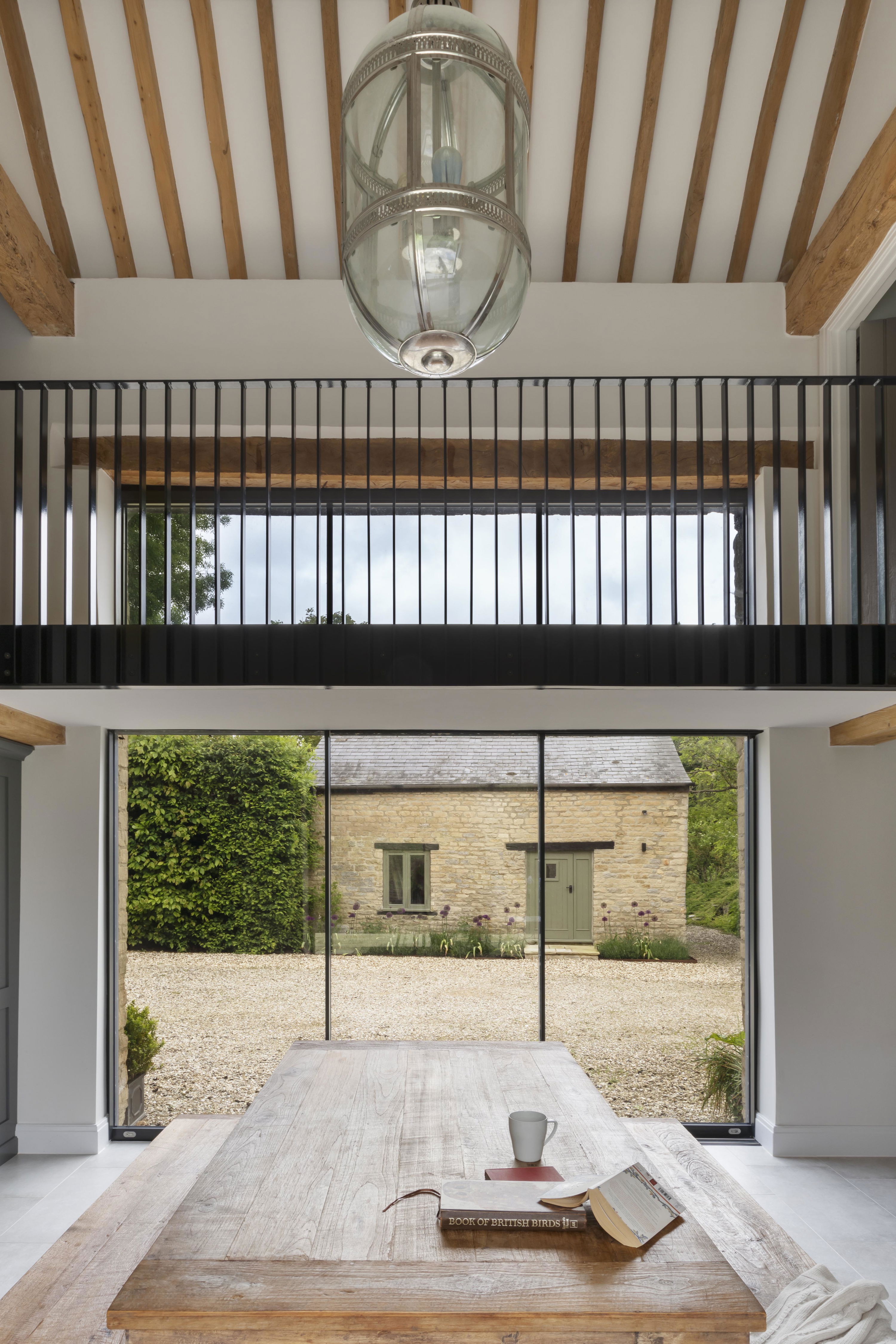
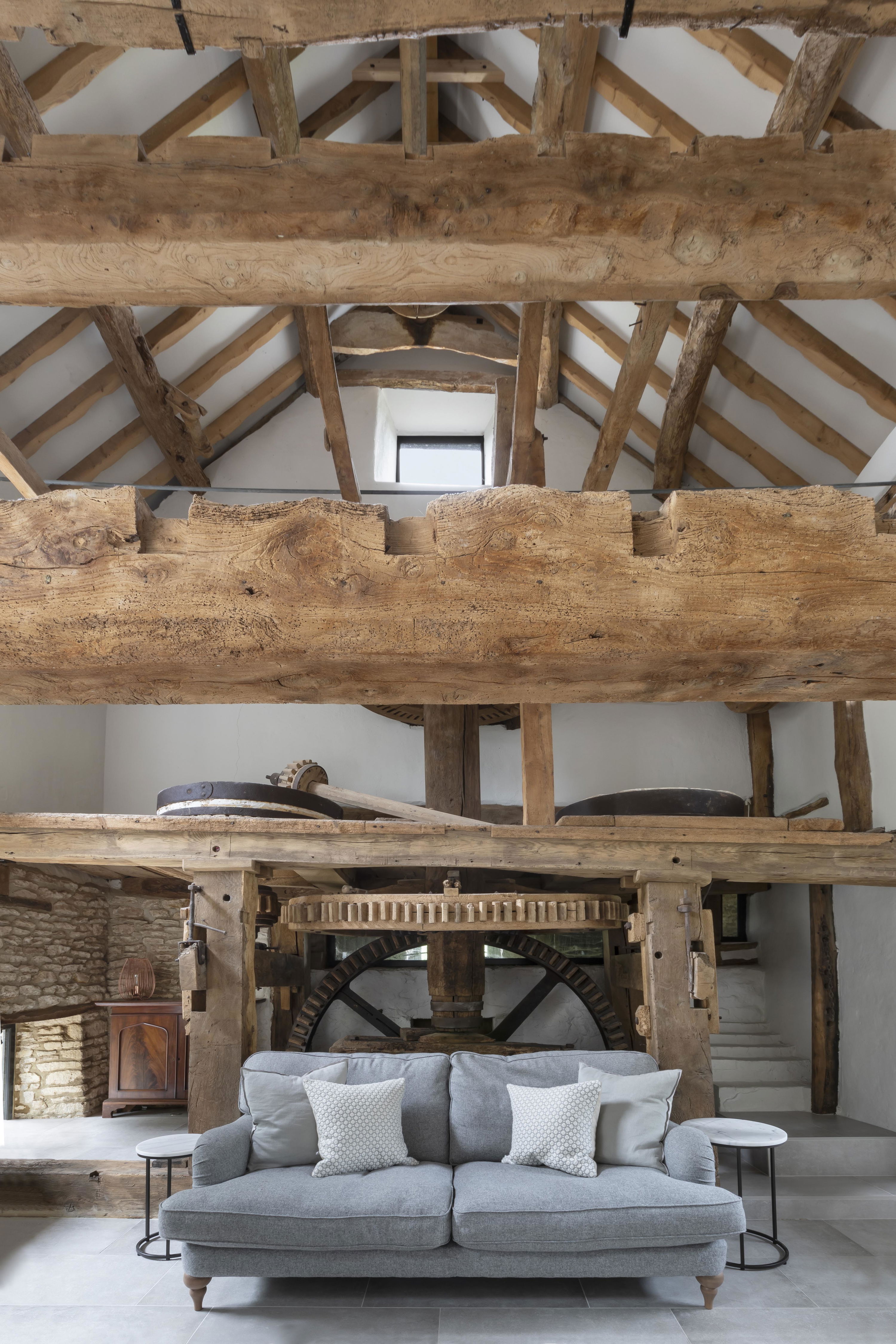
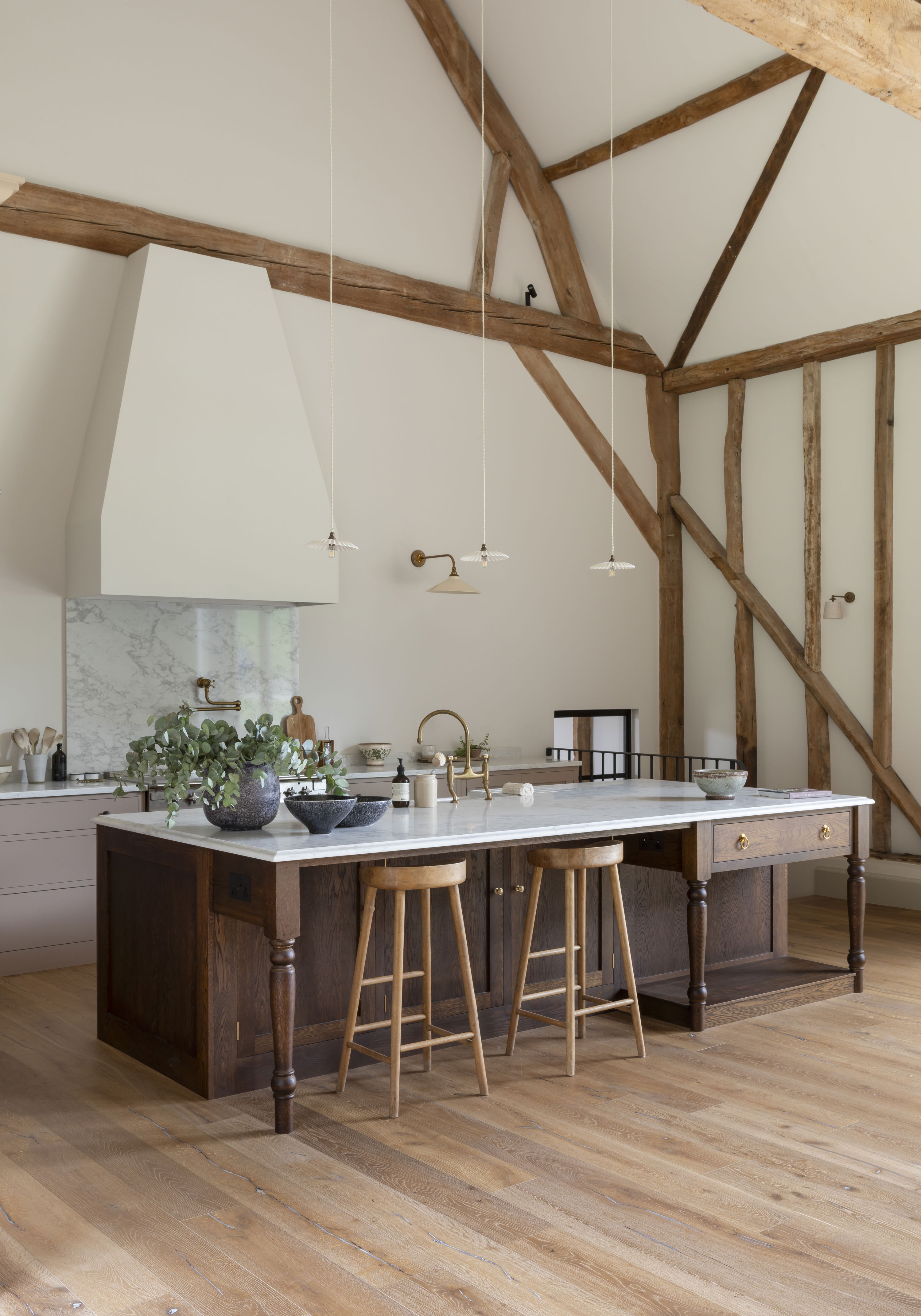

Timeless Sustainable Design
At HollandGreen, our approach revolves around creating enduring spaces that feel elegant, personal, and luxurious. We blend old and new in ways that enhance each element’s unique character.
The process begins by understanding the property’s structural heritage and planning interventions that preserve its historical integrity. Our architectural and visualisation teams work closely with clients, using immersive 3D models to reveal how the renovated spaces will look. This meticulous approach allows clients to visualise how new layouts, materials, and lighting can elevate their property while respecting its original features.
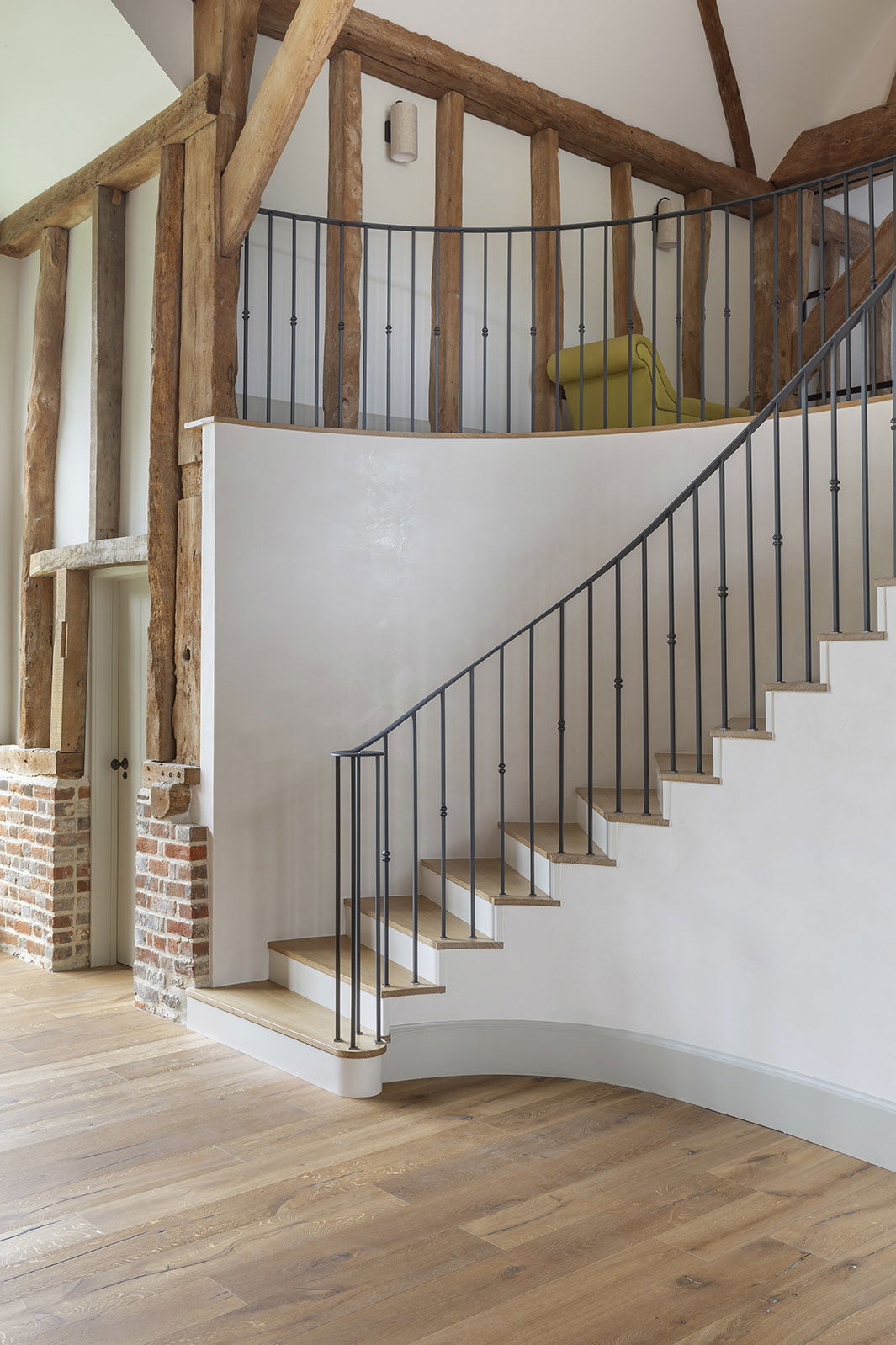
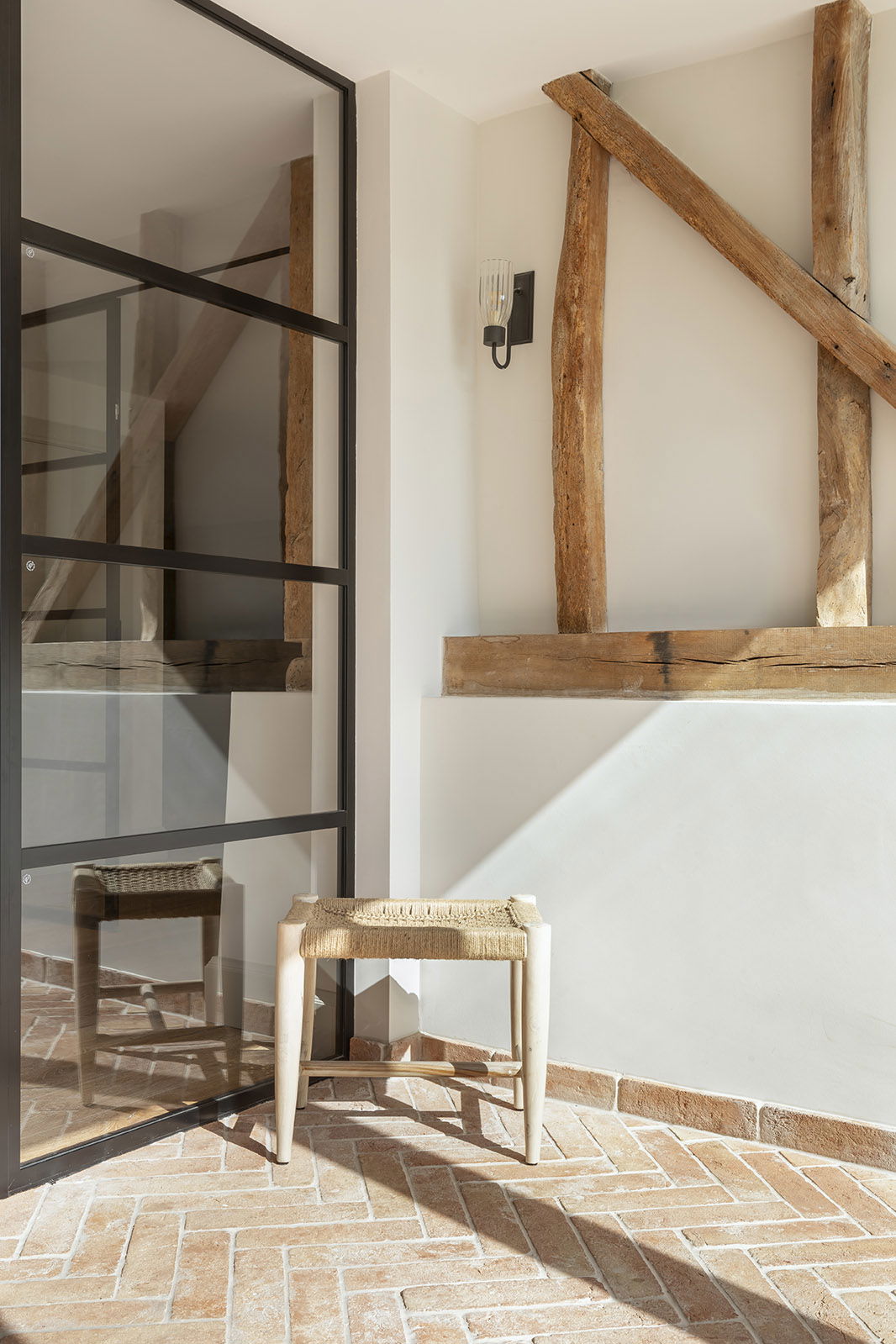
“Luxury transcends mere appearance; it’s about creating a lasting legacy through intelligent design, crafted quality, and enduring beauty”
Stephen Green, HollandGreen
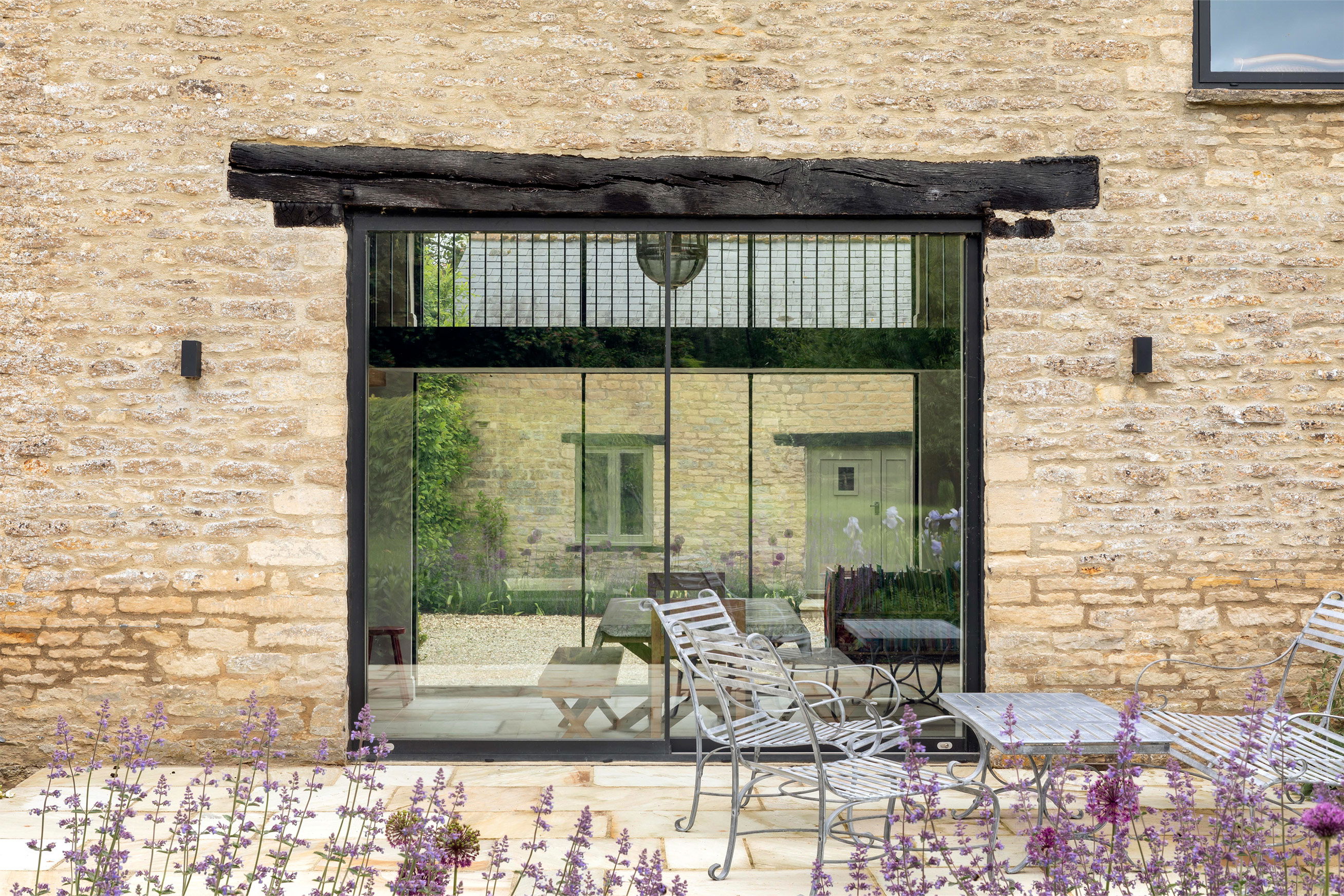
Improving the Building Envelope for Energy Efficiency
Enhancing energy efficiency in heritage properties starts with improving the building envelope—walls, roofs, windows, and doors that separate the interior from the exterior environment.
“Our commitment to creating a lasting legacy means that every home we design must reflect both excellence and environmental consciousness. Enhancing insulation in roofs, walls, and floors can significantly reduce heat loss, ensuring the property remains comfortable throughout the year without relying heavily on energy-intensive heating systems, and this has a positive impacts on energy bills too,” says Ben Holland, Partner at HollandGreen.


Reducing the Carbon Footprint of Heritage Homes
Preserving a building’s history while embracing modern design requires a delicate balance. Using low-carbon, locally sourced materials and reusing existing structures helps lower embodied carbon, minimising waste and environmental impact.
“We prioritise adaptive reuse. This approach honours a building’s character while meeting eco-friendly standards,” adds Stephen Green.
Minimising operational carbon is equally important. Through passive design, optimal insulation, and renewable energy sources such as solar panels and ground-source heat pumps, our designs reduce reliance on traditional energy while enhancing comfort and durability.

“By applying circular principles to our work, we ensure that materials are chosen with their full lifecycle in mind, allowing them to be reused or repurposed. This approach helps reduce waste and environmental impact while crafting luxurious spaces that are both responsible and enduring,” Ben Holland, HollandGreen
Creating a Lasting Legacy
With thoughtful design and sustainable practices, property owners can breathe new life into cherished heritage buildings, ensuring these remarkable spaces serve future generations while honouring their rich past.
HollandGreen’s commitment to sustainability ensures that every project not only delivers exceptional design but also contributes to a lasting environmental legacy.
